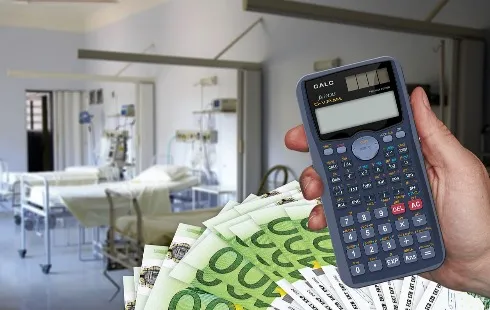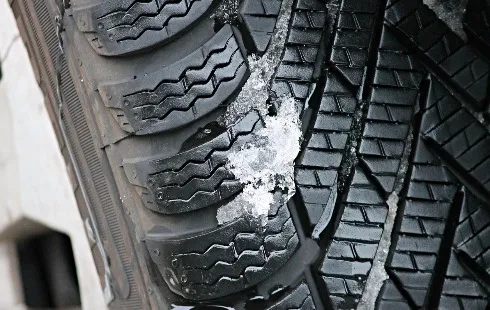
Pantone's Color of the Year an Endless Neutral Loop
Section: Fashion
Researchers from the National Institute of Dental and Cranofacial Research in Maryland, USA, discovered the molecule that triggers the brain response to itch. The study, which was published in Science, was done in mice, but similar results are expected in humans.
The team, led by neuroscientist Dr Mark Hoon, searched for compounds involved in the sensation of itch in sensory nerve cells, which are specialized in responding to physical stimuli from pain to temperature changes. "We know these cells are also required for itch" says Dr Hoon, but so far, little is known about how they recognize different sensations and send signals along the right route to reach the brain.
They found a molecule called natriuretic polypeptide b (shortened as Nppb) in a type of sensory nerve cells called dorsal root ganglia that was critical for itch reactions. "We generated mice deficient for Nppb and they exhibited a remarkably specific loss of itch responses, but no change in other sensory qualities", said Dr Hoon. Not only mice lacking Nppb didn't seem to feel itching, but injections of Nppb in both these mice and normal mice provoked an intense scratching reaction.
Previous results by another research team suggested that a compound called gastrin-releasing peptide or GPR was also able to initiate a sensation of itch. So where does Nppb fit into the process?
"At the beginning we wondered if there were two parallel pathways both of which required for itch", explained Dr Hoon. But following an elaborate set of experiments, they confirmed that both Nppb and GRP are part of the same pathway, with Nppb as the trigger. Nppb-deficient mice injected with GRP recovered their scratching response, whereas GRP-deficient mice injected with Nppb did not engage in any scratching behavior.
Based on these findings, Dr Hoon proposes that, in response to an itch stimulus in the skin, specific nerve cells release Nppb, which in turn triggers the release of GRP in the spinal cord, and the 'itching' message is then transmitted to the brain.
In the future "we would like to understand more about the basic mechanisms of itch. We have described the itch pathway and now it is important to establish how these molecules work and how they fit in with other pathways", says Dr Hoon. "An interesting question now is how does scratch inhibit itch?"
Nppb seems an obvious target. For instance, one could imagine that scratching causes the release of a compound that blocks or destroys Nppb, which would stop the itch sensation. But when asked about potential treatments for chronic itch, Dr Hoon does not believe their discoveries are directly going to lead to treatments. The problem with this approach is that Nppb is also released in the heart to control blood pressure, so any potential treatment to block it could have serious side effects.
"However, our uncovering of the cells that detect itch and the means by which they perform their function will lead to more focused research to find a therapy", he says. The challenge now is to find unique molecules that can be targeted to switch off chronic itch.

Section: Fashion

Section: News

Section: Fashion

Section: Arts

Section: Politics

Section: Health Insurance

Section: News

Section: News

Section: News

Section: Arts
Both private Health Insurance in Germany and public insurance, is often complicated to navigate, not to mention expensive. As an expat, you are required to navigate this landscape within weeks of arriving, so check our FAQ on PKV. For our guide on resources and access to agents who can give you a competitive quote, try our PKV Cost comparison tool.
Germany is famous for its medical expertise and extensive number of hospitals and clinics. See this comprehensive directory of hospitals and clinics across the country, complete with links to their websites, addresses, contact info, and specializations/services.
Join us for an enchanting Christmas adventure at the Münchner Marionettentheater! Experience the marionette play 'Der verschwundene Wunschzettel' by Siegfried Böhmke, featuring our beloved Kasperl Larifari and his little friend Stupsi. As Christmas approaches, both Kasperl and Stupsi have prepared...



No comments yet. Be the first to comment!